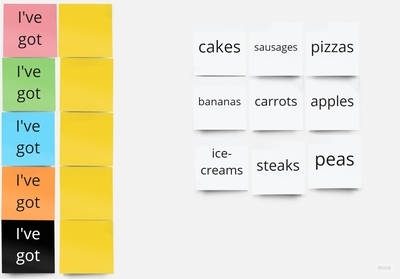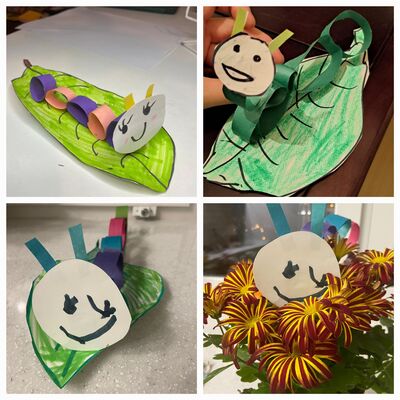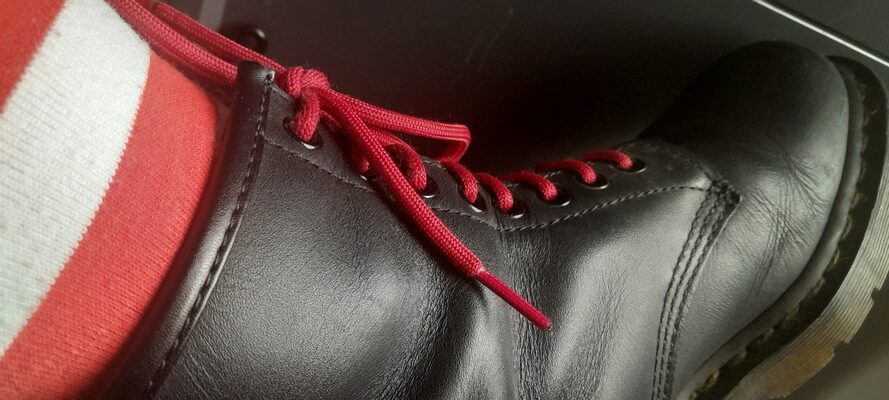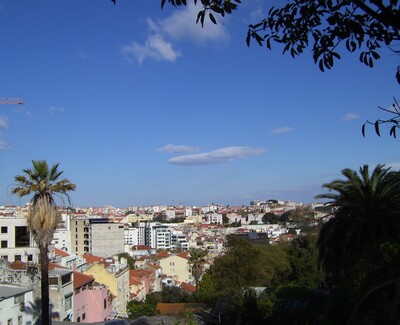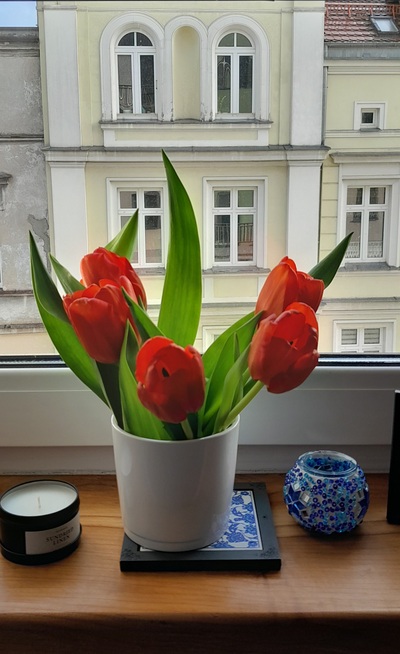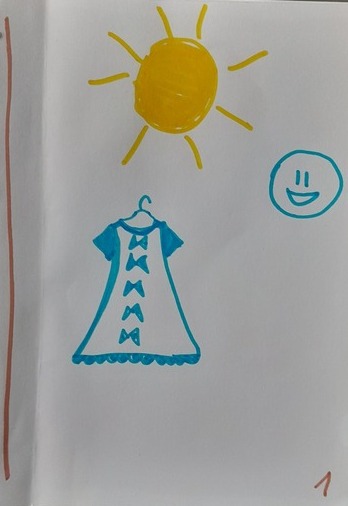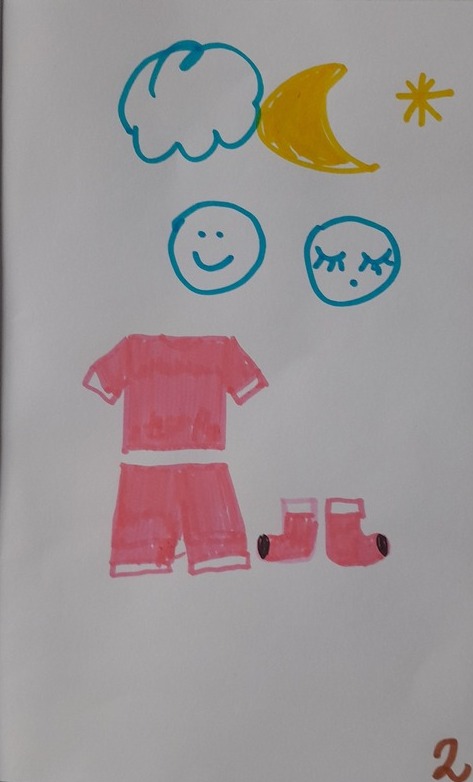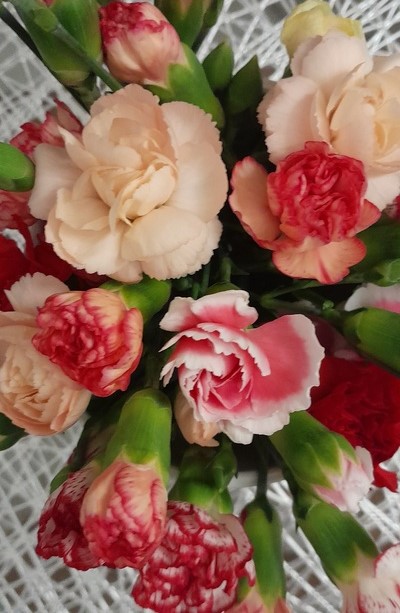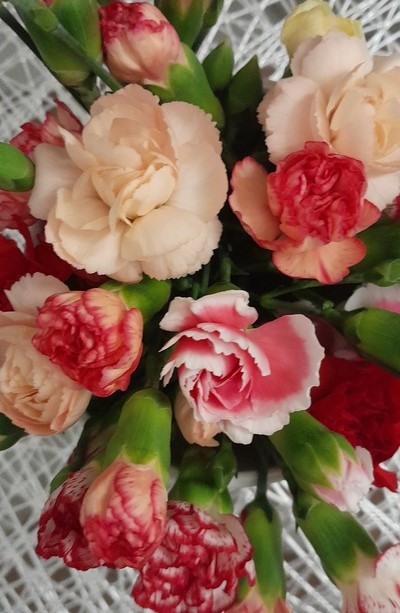I have already been writing about ‘the shock’ of a teacher of YL going back into the adult EFL classroom in an earlier post ‘What an old dog learnt?‘.
A message to the parents
Two weeks ago, after one of the lessons, I sat down to write to the parents about the homework, the upcoming test and some feedback. It was just a lesson and a busy one because we were doing a lot of preparation for the test. ‘Nothing special’ you might say because we didn’t have any amazing activities, no ‘fireworks’ or ‘surprises’, only a lot of hard work and practice. And yet, somehow, the lesson was just beautiful, so great, in fact, that I decided to write about it to my educational parents, too. I just wanted to tell them that the kids were amazing (they are!) and that we had a speaking activity and it all went very well. ‘You know, I wish I could show our group to some of my adult students to show them what communication might and should look like‘, I typed, and it was only then that I did sigh, in awe at my own wording and the very idea.
Oh, how I wish I could do just that.
What would my adults see…
First of all, they would see children of different ages, aged 10 in this group, but also 3 or 17 in my other groups, kids studying together, in groups or individually. If they came, they would be surprised at the level of English the kids already have at this point. Or, rather, as a proud teacher of my kids, I hope they would be impressed. Just a little bit.
I would also hope that they could notice how comfortable the kids feel in their other language version. It is not an accessory that you carry around in your hand, a tool that you try to use although you are not quite sure how to. Nor is it a costume that you have to put on and become something else, a dragon, a princess, a cat, something that you are not. On the contrary, I would love them to see how, regardless of the age and the level, English can and does feel like the second skin. Something that is just you, the other version of you but also the very self that you are.
I would love my adults to be inspired by the open-mindedness and the general attitude to anything that is new and out of the box, especially the readiness to see, to try, to experiment. That does not mean that everything that I bring into the lesson and everything that I dump at them, grammar, tests, exam preparation, all the games are welcomed with the open arms and everyone, but absolutely every single person jumps at the opportunity of diving in. It is absolutely not the case. My kids are ‘normal’ kids who get tired, who have lots of homework, who sometimes, I bet you, would be doing something else entirely, not the things we are dealing with in the classroom. And, consequently, they are looking for the ways out, for the ways of cutting the corners, for taking a time out. Which, to be honest, is something that I secretly admire them for, although I will never own up to it. But, even so, overall, they are ready for a challenge.
I would love to the adults to notice the egalite as one of our rules and standards that everyone has the right to and that everyone has to learn to accept, because, indeed, sometimes this is something that we have to work on, although for kids the reasons are slightly different. The younger kids are developing their social skills for the first time, as it were. The adults hide either behind their personality or good manners or, perhaps, the corporate culture that might be developing the habits in some relation to the hierarchy in the company. Although here, I don’t know, I am just guessing.
Last but not least, it would be very interesting to have my adult students see that the teacher is not some kind of an air traffic controller, deciding who goes next but more of a head chef, the individual, who, although fully present and involved, is only keeping an eye on the process and making sure that the food is made and served or, in other words, that the aims are met. What is more, and very closely related, is that everyone gets to execute their freedom of speech, or in simple and less grandiose words: that people talk whenever they have something to say, not only because the teacher asks a question and when she does it.
I have no idea why but with every word typed up here, it started to feel more like typing up a teaching manifesto, my own teaching commandments almost. I can promise that I will leave it here as it is and I will get back to it in a few weeks to see if it still feels like that and if I still believe in it.
As a result…
The truth is that I wouldn’t really do it. The kids’ need to stay protected, in the precious coziness of our online classroom and without any ‘invasions’ from strangers. The adults, on the other hand, might not appreciate having their teacher suggest that their new role models in communication are some ten-year-olds. Everyone will stay in their own classroom and I will just continue doing my job and learning from observing and reflecting on two different environments and types of lessons.
And using them as a source of inspiration for new activities, like this new series on the blog Discourse Development. Here’s to hoping that staging, scaffolding and practising will lead to automacy and to the development of new habits and even my adults, all my adults, will be interacting with more freedom and ease.
So far, there have been four but I got a feeling that there will be more coming up
There is definitely more to come!
Happy teaching!

